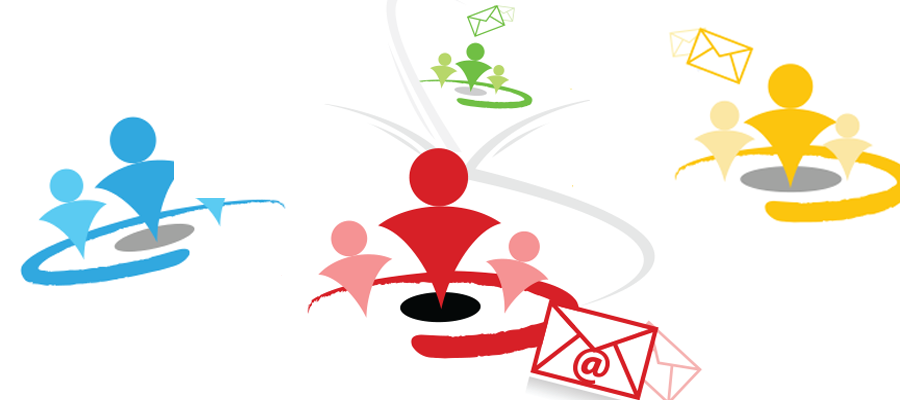
Holding onto your subscribers is one of the biggest challenges related to email marketing. It’s one thing to get people to give you their email addresses, but it’s another to keep them engaged with your content.
A common mistake is to send one general email to all of your subscribers. This might not be a problem when you first get started with email marketing, when you only have a handful of email addresses to work with, but the more subscribers you get, the less effective a general email will be.
A recent CIO article offers a solution to this problem. According to the article, you should segment your email lists to send more targeted messages to subscribers:
“For example, if you offer discounts for students or for retirees, consider segmenting your email lists by age group. If you have a press release, email it to a dedicated media list rather than your full one. [Providing] relevant messages to your [subscribers and customers] can encourage higher open and click-through rates and fewer unsubscribes.”
If you segment your lists, then it’ll be easier to send relevant emails out. They might not be perfectly personalized, but they’ll be more interesting to your reader.
It’s up to you how you segment your email lists. Some businesses prefer to focus on demographics, since they often have common interests in regard to your products and services. You can also segment your lists based on location if you have multiple offices. For senders with purchase or donation history in a CRM like Salesforce.com, segment your lists and dynamic content based on dollar data and upcoming renewals.
People today are quick to unsubscribe from newsletters that they no longer find relevant. This makes it hard for businesses to hold onto their subscribers, which are difficult to attract in the first place. By segmenting your email lists, you’ll send targeted emails that speak to the specific needs of your subscribers.
To talk more about email marketing, or anything else, contact us today.
